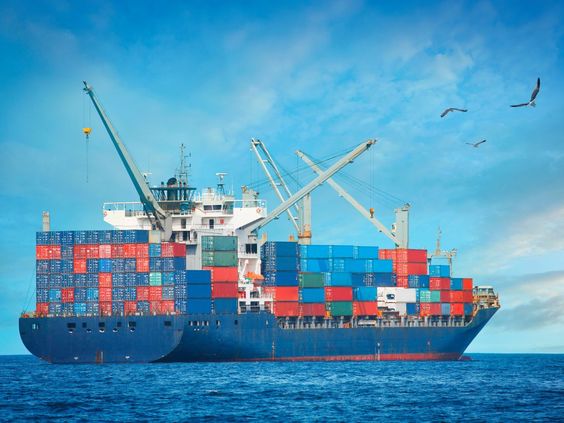Shipping goods to the Netherlands via sea requires precise planning, and knowing the real-time Estimated Time of Arrival (ETA) of vessels is crucial. Learning how to track real-time vessel ETA to Netherlands helps you manage logistics, coordinate deliveries, and keep customers informed. This guide will walk you through the essential steps.
1. Understand the Importance of ETA Tracking
Logistics Coordination
An accurate ETA allows you to synchronize various aspects of your supply chain. You can plan warehouse receiving schedules, arrange for transportation to the final destination, and ensure that all parties involved are prepared for the vessel’s arrival.
Customer Satisfaction
Keeping customers informed about when their goods will arrive enhances satisfaction. Timely updates based on real-time ETA tracking build trust and help manage expectations.
2. Obtain Vessel Information
Gather Identification Details
Collect the vessel’s name, International Maritime Organization (IMO) number, or Maritime Mobile Service Identity (MMSI) number. These unique identifiers help you accurately locate and track the vessel across different tracking platforms.
Know the Voyage Details
Find out the vessel’s departure port, route, and the specific port of arrival in the Netherlands. This information is essential for narrowing down the search and getting relevant ETA updates.
3. Use Tracking Platforms
Online Vessel Tracking Websites
There are numerous online platforms, such as MarineTraffic and VesselFinder, that offer real-time vessel tracking. Enter the vessel’s identification details on these sites to access its current position, speed, and ETA information.
Shipping Line Portals
Most shipping lines provide their own tracking portals. Log in with your booking details to view the vessel’s progress and receive official ETA updates directly from the carrier.
Mobile Applications
Mobile apps like MarineTraffic Mobile and Vessel Finder Mobile allow you to track vessels on the go. They offer features such as map views, alerts, and notifications for changes in ETA.
4. Set Up Alerts and Notifications
Customize ETA Alerts
On tracking platforms, set up custom alerts for specific milestones. For example, receive a notification when the vessel departs, enters a certain region, or is within a specific time frame of its estimated arrival in the Netherlands.
Stay Informed via Multiple Channels
Enable notifications through email, SMS, or push notifications on your mobile device. This ensures that you don’t miss any important updates regarding the vessel’s ETA.
5. Verify and Cross – Check Information
Compare Data Sources
Don’t rely solely on one tracking platform. Cross – check ETA information from multiple sources, such as the shipping line, port authorities, and independent tracking sites, to ensure accuracy.
Account for Delays and Changes
Be aware that ETAs can change due to various factors like weather conditions, port congestion, or technical issues. Regularly monitor the vessel’s status and adjust your plans accordingly.
In conclusion, mastering how to track real-time vessel ETA to Netherlands involves understanding its significance, obtaining accurate vessel information, using reliable tracking platforms, setting up alerts, and verifying data. By following these steps, you can stay on top of your sea freight shipments to the Netherlands and ensure smooth operations. For more professional guidance on freight tracking, companies like China Top Freight can offer valuable industry insights.Utilize China Top Freight to help solve the problems you are facing. Contact us today to embark on your smooth transportation journey!


